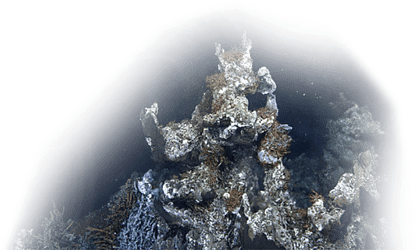High frequency land-based oceanographic radar systems measure the ocean surface currents and waves in near real-time, contributing to the prediction of severe weather conditions and providing timely information for shipping navigation, incident response such as search and rescue and oil spills, and tsunami detection.
CODAR System Data
Coastal radar (CODAR) enables remote measurement of surface currents in the ocean, making it possible to measure wave height and provide indirect estimates of local wind direction. These land-based oceanographic radar systems play a key role in shipping safety by assisting with ship navigation, search and rescue, hazard spills, and tsunami detection. A major benefit of oceanographic radars is their ability to operate under any weather conditions, day or night.
We currently operate and/or serve data for 12 CODAR stations: four in the southern Strait of Georgia, two in the Strait of Juan de Fuca, two in Chatham Sound, two in Hecate Strait in partnership with DFO, and two in southern Nova Scotia in partnership with MEOPAR (Dalhousie University). These stations generate current maps once per hour, available above or via Oceans 3.0. Read more.
CODAR Data Dashboards
WERA (WavE RAdar) System Data
WERA (WavE RAdar) is a high-frequency, shore-based remote sensing system that measures ocean surface currents, waves and wind direction. This oceanographic radar system is capable of detecting storm surges and tsunamis ~80 kilometres from shore, providing critical warning in the event of a storm or natural disaster. Read more.
